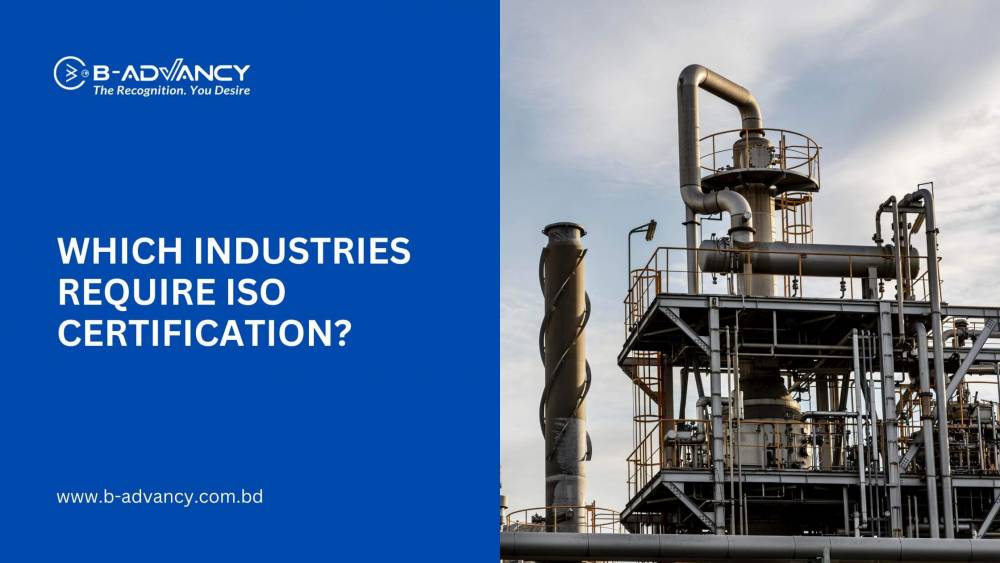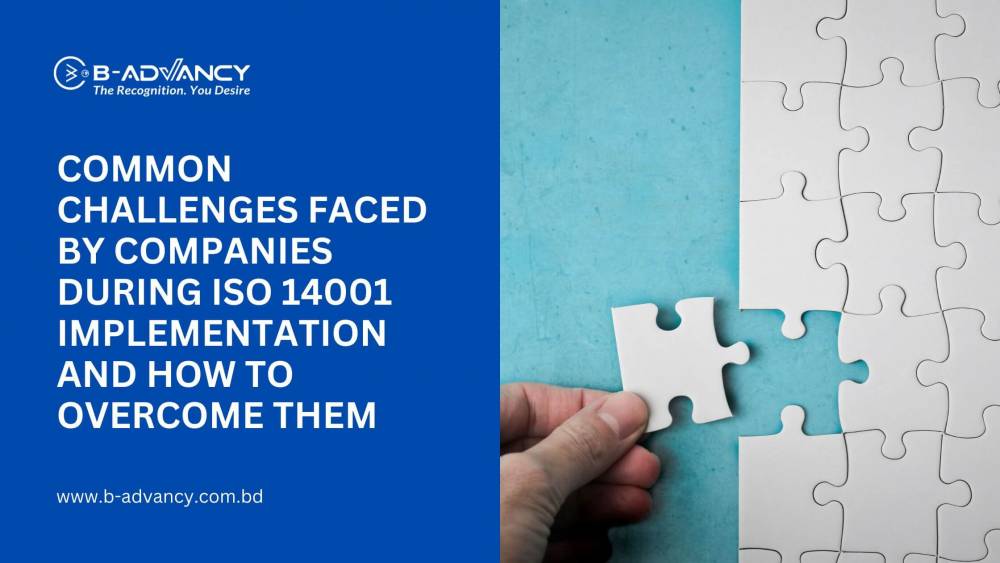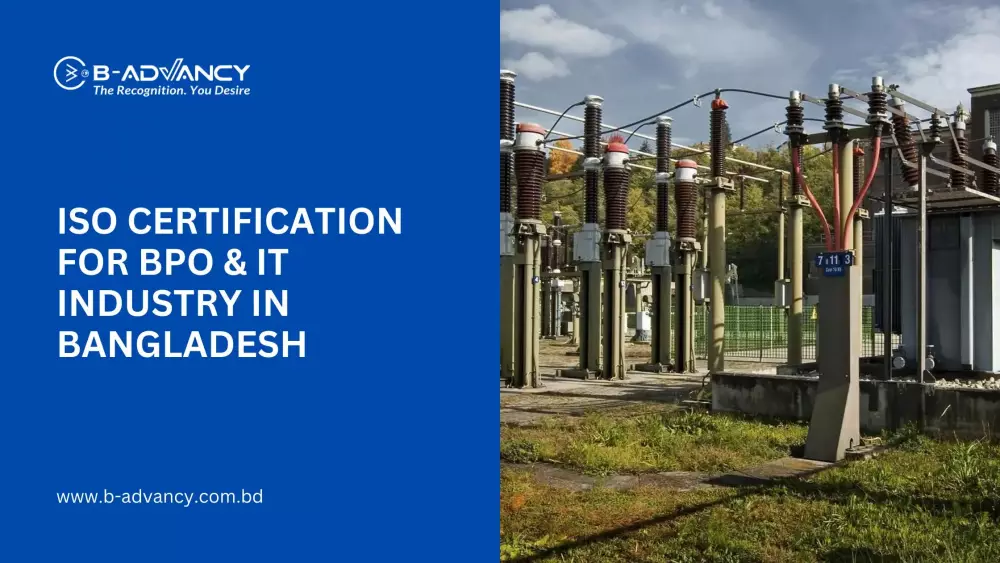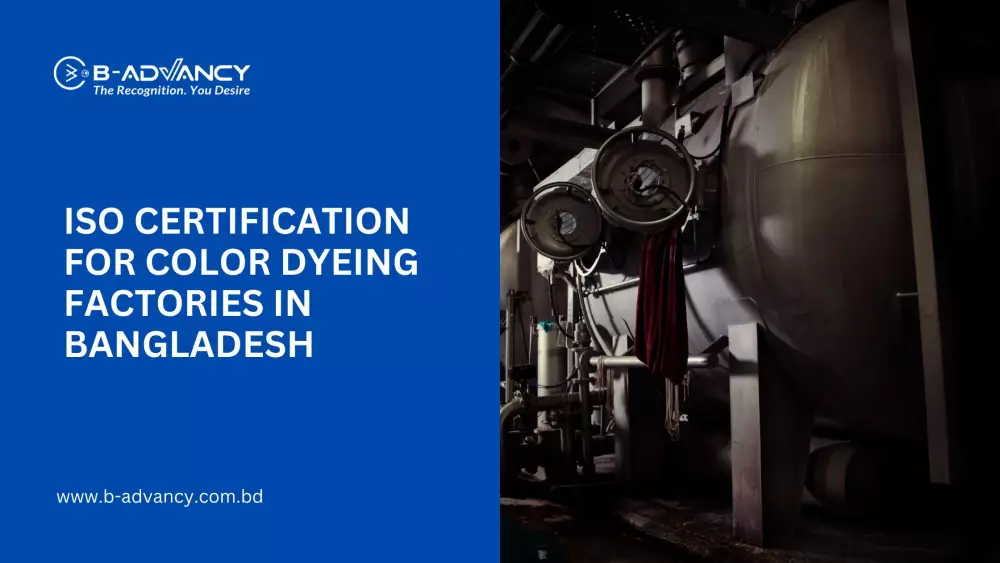ISO 14001 and Climate Change: What Companies Need to Know
In recent years, the world has witnessed the devastating effects of climate change. Extreme weather events, rising sea levels, and increased frequency of natural disasters have become more common. With this in mind, it's important for companies to take action to reduce their environmental impact and address climate change. One way to do this is by implementing ISO 14001, an internationally recognized standard for environmental management.
What is ISO 14001?
ISO 14001 is a standard that provides a framework for organizations to manage their environmental impact. It helps companies identify and manage the environmental risks associated with their activities, products, and services. By implementing ISO 14001, companies can reduce their environmental impact, improve their environmental performance, and demonstrate their commitment to sustainable business practices.
The Connection between ISO 14001 and Climate Change
Climate change poses a significant risk to businesses. Rising temperatures, changing precipitation patterns, and extreme weather events can all impact supply chains, production processes, and customer demand. Implementing ISO 14001 can help companies address these risks by providing a framework for identifying and managing environmental risks.
In addition to managing risks, ISO 14001 can also help companies reduce their greenhouse gas emissions. The standard requires companies to identify and assess their environmental impact, including their greenhouse gas emissions. By doing so, companies can develop strategies to reduce their emissions and improve their environmental performance.
Examples of Companies that have Successfully Implemented ISO 14001 to Address Climate Change
Many companies have already implemented ISO 14001 to address climate change and reduce their environmental impact. For example, in 2019, Ford Motor Company announced that it had achieved its goal of reducing its global carbon dioxide emissions from manufacturing operations by 30% per vehicle produced. This was achieved in part by implementing ISO 14001 at its manufacturing facilities around the world.
Another example is Nestle, which has implemented ISO 14001 at more than 450 of its factories worldwide. By doing so, Nestle has been able to reduce its greenhouse gas emissions by 35% per tonne of product since 2010.
Challenges and Opportunities for Companies
While implementing ISO 14001 can bring many benefits, there are also some challenges that companies may face. One of the biggest challenges is the need for resources, both in terms of time and money. Implementing ISO 14001 requires a significant investment in time and resources, including employee training, system development, and certification.
However, the benefits of implementing ISO 14001 can far outweigh the costs. Companies that have implemented the standard have realized benefits such as improved environmental performance, increased operational efficiency, and enhanced reputation.
Conclusion
In conclusion, implementing ISO 14001 can help companies address climate change and reduce their environmental impact. By identifying and managing environmental risks, reducing greenhouse gas emissions, and improving environmental performance, companies can demonstrate their commitment to sustainable business practices and realize a range of benefits. Real-world examples such as Ford and Nestle demonstrate the effectiveness of implementing ISO 14001 to address climate change. While there may be challenges associated with implementing the standard, the benefits make it a worthwhile investment for any company committed to sustainability.



























































































































































































